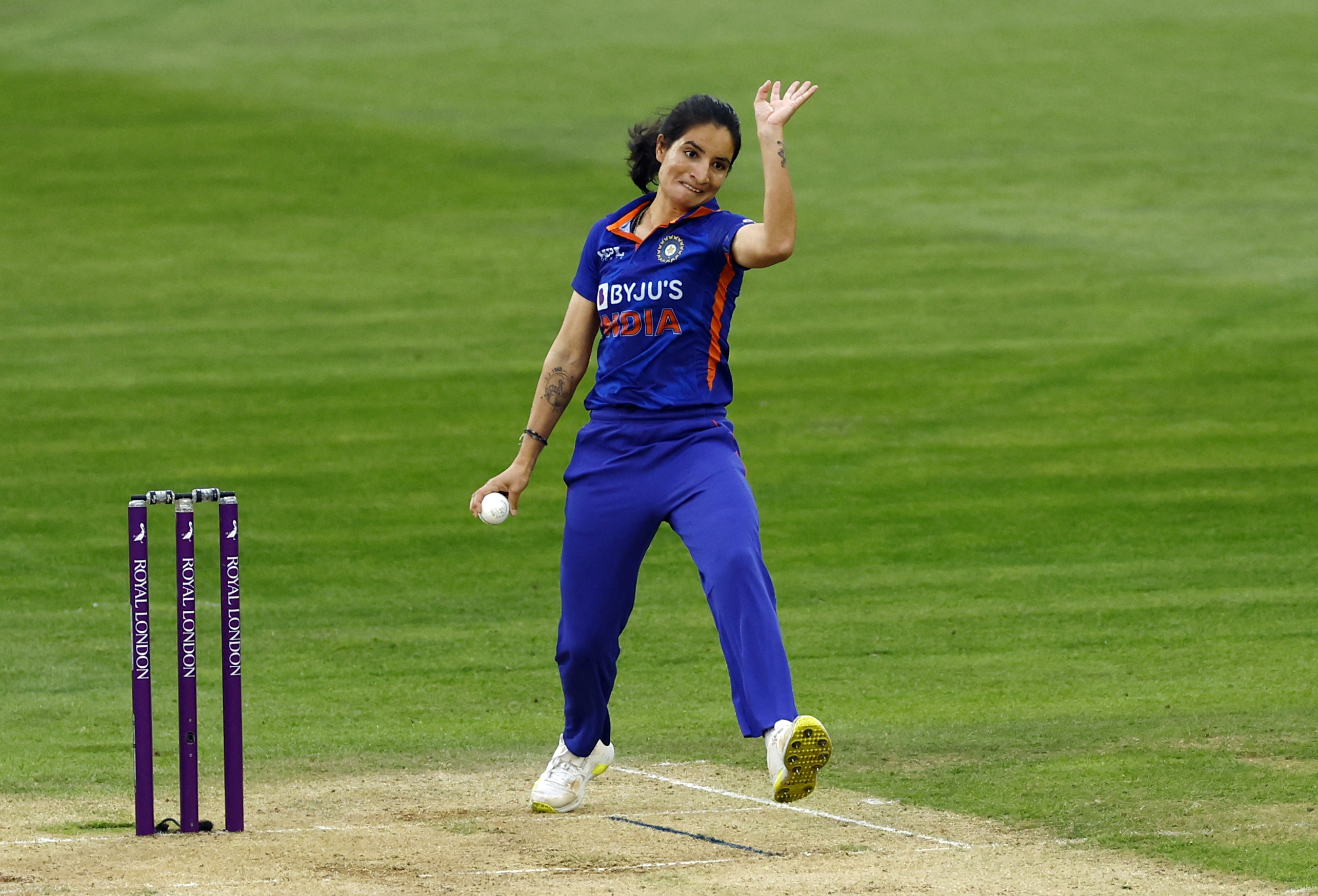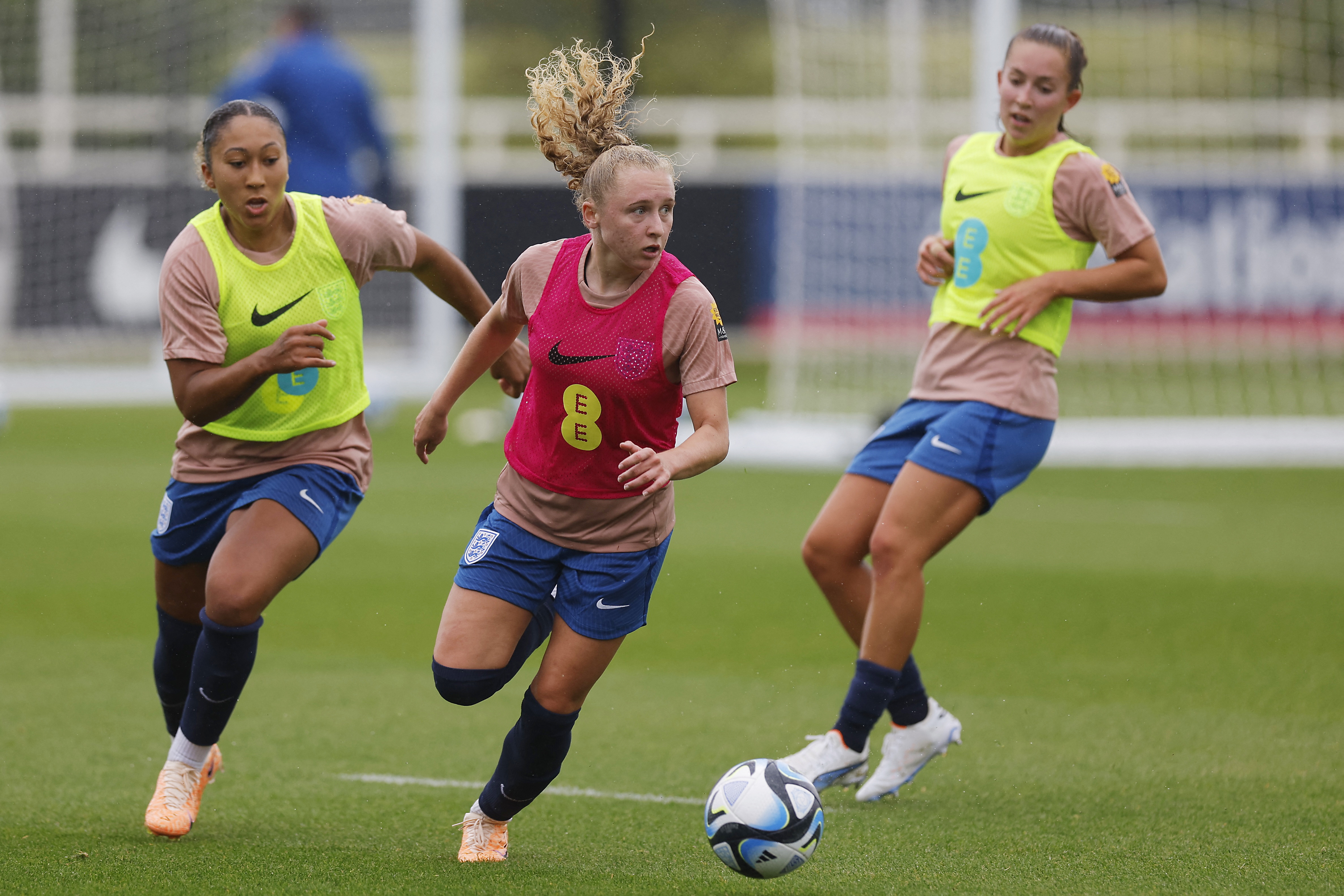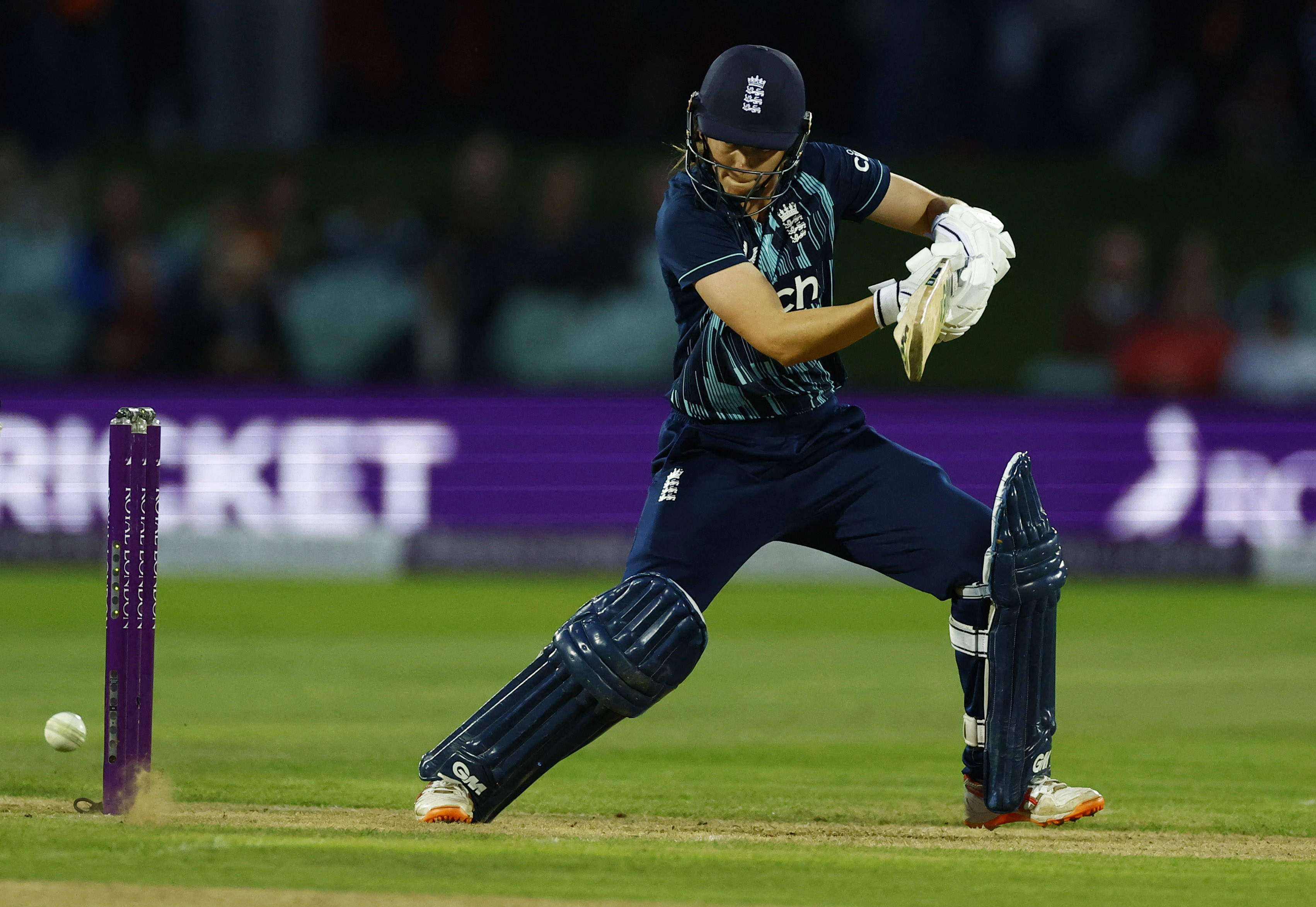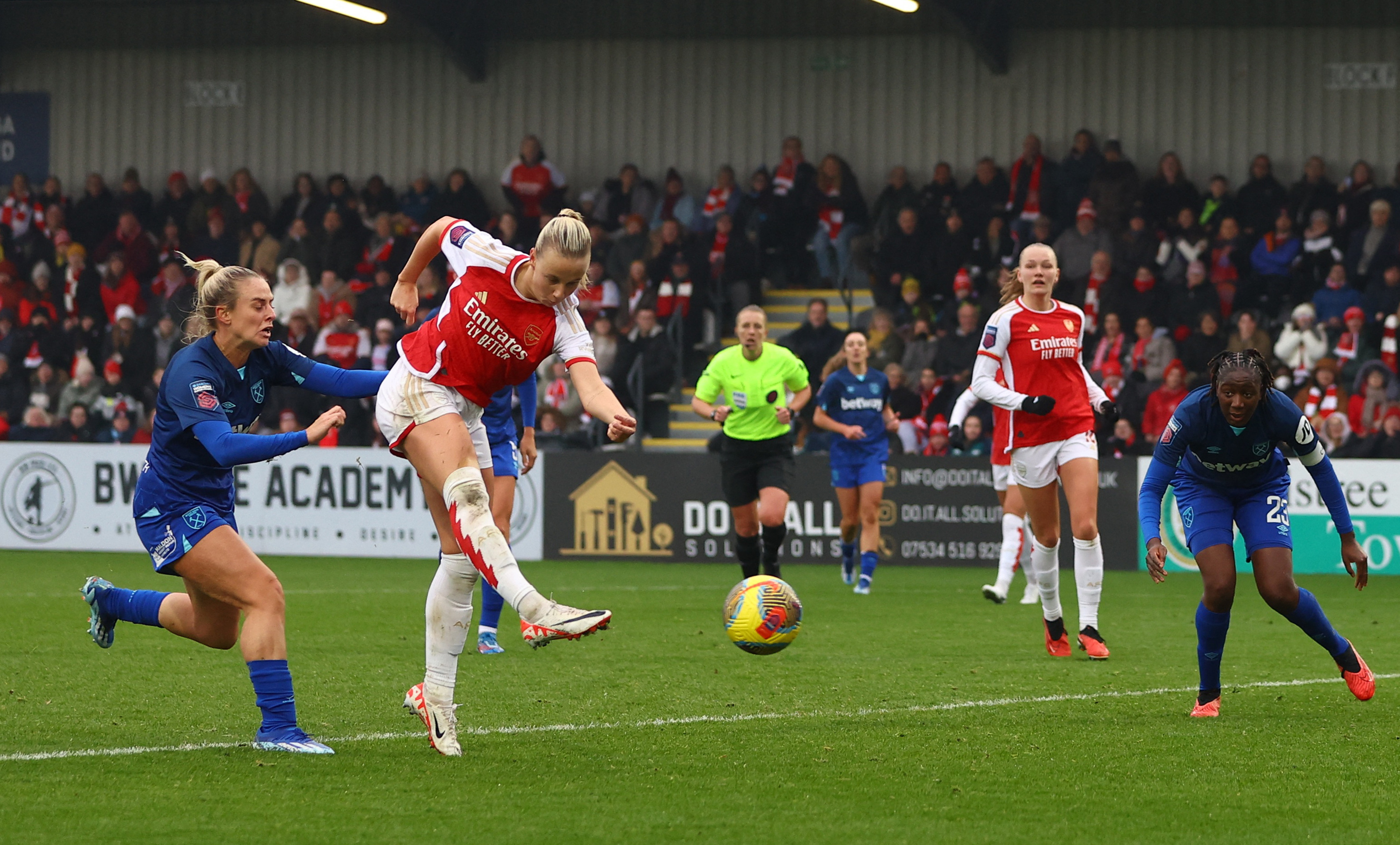You are viewing 1 of your 1 free articles
Breaking boundaries: the 130km/h barrier
Female cricketers continue to break performance barriers, particularly with pace bowling. However, speed differences remain between male and female bowlers. Knowledge of the biomechanics of female fast bowlers may help practitioners understand the demands and identify injury risk factors. Jolandi Jacobs unpacks the biomechanics of female fast bowling and why they are bowling significantly slower than males.
Female cricket players are now pushing boundaries and improving performance more than ever before, thanks to the recent professionalism of the women’s game. The game has evolved in every way and is becoming increasingly popular among players and supporters globally(1). One of the most exciting aspects of cricket is fast bowling. Female fast bowlers run in at full speeds to deliver high-paced deliveries to send batters back to the dugout. However, despite the recent growth of the women’s game, there is still a significant difference in the bowling speed between males and females(2). Elite male fast bowlers bowl from 140 to 160 kph. Elite female fast bowlers, on the other hand, can only reach top bowling speeds of 110 to 128 kph. Shabnim Ismail and Lea Tahuhu are two current female fast bowlers consistently bowling close to the 130km/h mark.
The first aspect practitioners must consider for fast bowling is the biomechanical factors of the delivery stride. The delivery stride is what the bowler does from when she lands on the back foot at the crease to when she releases the ball. Biomechanical analysts found that the fastest male bowlers have more linear momentum in their run-ups because of how fast they run toward the bowling crease(2). When male fast bowlers get to the crease, they keep this momentum through the delivery phase, turning the linear momentum from the run-up into angular momentum (behind the ball). They also use their powerful muscles to give the ball more speed from the ground. So, faster bowlers usually have faster run-ups, straighter front legs when they release the ball, more trunk flexion, and a delayed bowling arm(3,4).
Females adopt a slightly different bowling action than their male counterparts. One of the most noticeable aspects of the female fast bowling technique is that females run toward the bowling crease at significantly slower speeds than males. The slower run-up speed results in considerably less linear momentum, which fast bowlers require when aiming for faster ball release speeds(3). The noticeable differences in linear momentum generation for females could be one of the most critical reasons they are not reaching top bowling speeds.
The length of time during the delivery action (between back foot contact and ball release) is crucial for fast bowling. The male fast bowling technique is significantly shorter during the delivery phase compared to females. During the delivery phase, females spend more time at the crease, which slows the momentum change. As a result, they may take longer to get into their delivery stride(3). The delayed delivery phase will also cause females to contract the large rotator muscles of the trunk and shoulder muscles to generate extra momentum. As a result, they will spend more time using rotational trunk and shoulder muscles to increase their momentum and adopt a more rotational bowling motion, similar to the throwing technique(3). Therefore, they generate power to increase ball release speed by using the trunk’s rotator muscles and the shoulder’s rotator cuff muscles rather than linear momentum, as seen in males.
Males and females are different in terms of strength and anthropometric qualities, affecting their performance rather than only the technique factors(5-7). This could also be relevant to fast bowling. For example, female cricket players have significantly shorter torsos, arm lengths, and overall lengths than male cricketers(8). This could explain why female fast bowlers have less power and momentum during their delivery stride. Furthermore, female fast bowlers also lack muscle strength to extend the trunk and maintain balance while bowling with a higher front knee(3). Another intriguing finding is that female fast bowlers lack a well-developed upper body physique (chest and arm measurements) compared to males(8). Besides noticeable strength differences, female fast bowlers have significantly more subcutaneous adipose tissue, taken with skinfold measurements, when compared to male fast bowlers. Not only do they have more subcutaneous adipose tissue, but also less total skeletal muscle mass(8). These findings could explain why female bowlers struggle to accelerate during the run-up, resulting in a slower linear momentum speed than males.
Female fast bowlers sustain more injuries than slower bowlers, with the shoulder being the most commonly injured body region(1). They are more prone to shoulder injuries due to their biomechanical bowling technique. Male fast bowlers who use a different technique sustain more lower back injuries while bowling. In addition to the female fast bowler’s biomechanical technique factors, researchers at the University of Sydney in Australia found large peak shoulder distraction force for females during the early stages of the bowling action follow-through, which could increase the risk of a shoulder injury(9). Due to the high risk of shoulder injuries, the players require the support of coaches to facilitate better screening practices and help resolve biomechanical issues during the bowling action. In addition, practitioners should aim to increase the strength and power of female fast bowlers when designing exercise programs. Prevention is better than cure, and clinicians and practitioners working in women’s cricket need to understand the importance of sport-specific strength and conditioning programs to mitigate the risk factors. Along with biomechanical assessments and re-education, developing adequate strength to meet the demands may reduce the incidence of shoulder injuries in female cricketers.
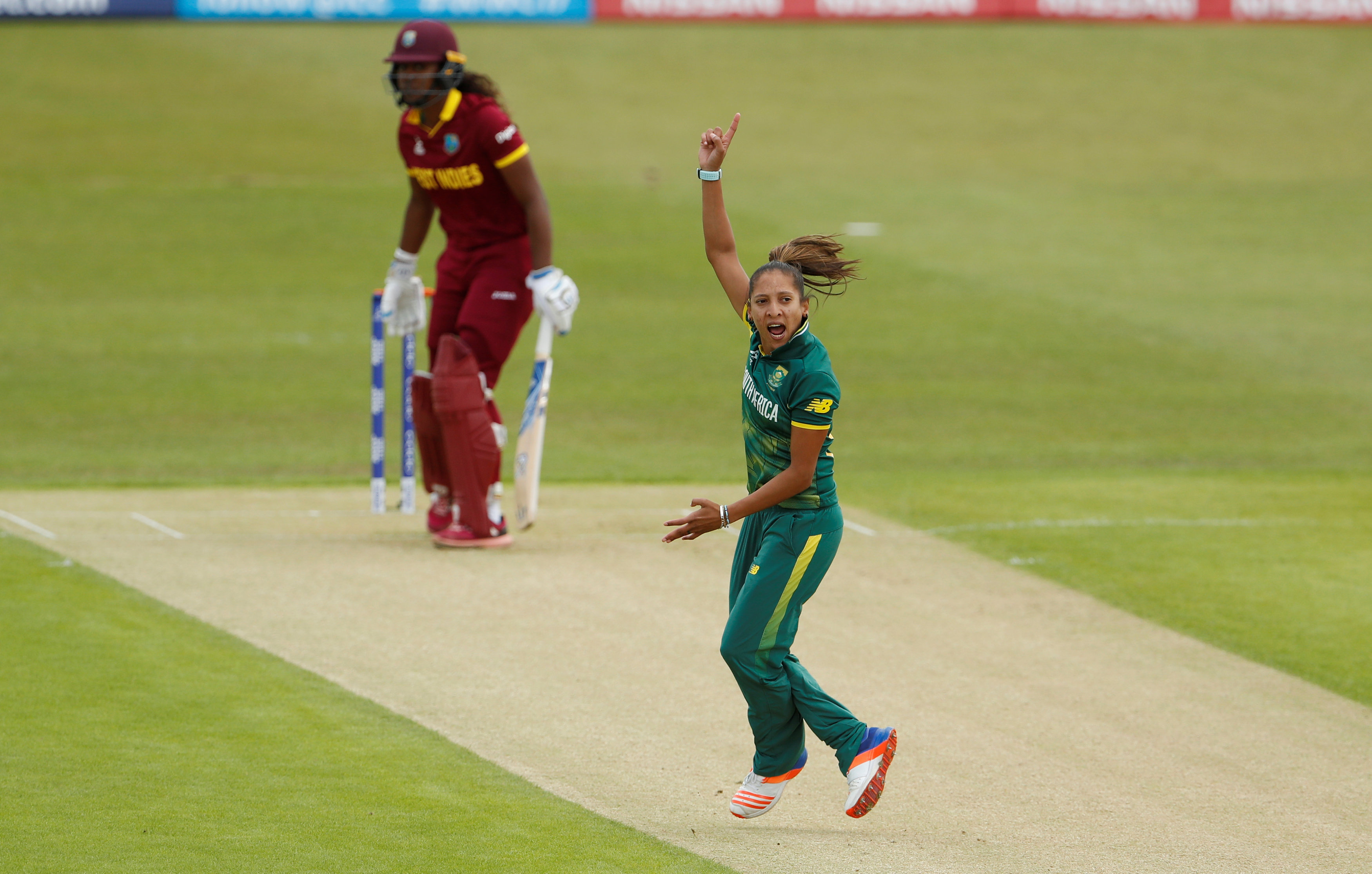
Conclusion
As female cricketers break the performance boundaries of fast bowling, practitioners can expect them to generate more ball release speed if they increase their run-up speed and whole-body linear momentum during their bowling action. However, besides the slower run-up, female fast bowlers are shorter and have less maximum power and strength when compared to male fast bowlers. Therefore, female fast bowlers may benefit from strengthening the lower leg muscles, big rotator muscles of the trunk, and shoulder rotator cuff muscles to increase the momentum during the delivery phase.
There is always a trade-off between performance and injury, and although optimal performance is the goal, injuries in fast bowlers are a big concern. The large variety and individuality of bowling techniques pose a unique challenge to practitioners working in women’s cricket. Coaches, practitioners, and players must understand that each bowler will adopt different strategies to generate linear momentum and convert it to angular momentum (behind the ball). Researchers are yet to establish the most optimal bowling technique for female bowlers. Therefore, coaching should focus on facilitating the individual bowling technique’s strength and conditioning components and biomechanical factors. Keeping these factors in mind, we can empower our female fast bowlers to reach their top speed.
References
- JBI Evid Synth. 2022;20(7):1741-1790.
- J Sport Sci 2019;37(6):665–70.
- Sports Sci. 2013;31(4):434-441.
- Sports Sci. 2020;38(18):2054-2062.
- J Appl Biomech. 2009;25(1):22-31.
- J Appl Physiol. 2004;91(4):413-8.
- J Sports Sci. 2012;30(8):807-13.
- J Sports Sci. 2007;25(14):1587-97.
- J Appl Biomech. 2010;26(3):373-7.
Related Files
Newsletter Sign Up
Subscriber Testimonials
Dr. Alexandra Fandetti-Robin, Back & Body Chiropractic
Elspeth Cowell MSCh DpodM SRCh HCPC reg
William Hunter, Nuffield Health
Newsletter Sign Up
Coaches Testimonials
Dr. Alexandra Fandetti-Robin, Back & Body Chiropractic
Elspeth Cowell MSCh DpodM SRCh HCPC reg
William Hunter, Nuffield Health
Be at the leading edge of sports injury management
Our international team of qualified experts (see above) spend hours poring over scores of technical journals and medical papers that even the most interested professionals don't have time to read.
For 17 years, we've helped hard-working physiotherapists and sports professionals like you, overwhelmed by the vast amount of new research, bring science to their treatment. Sports Injury Bulletin is the ideal resource for practitioners too busy to cull through all the monthly journals to find meaningful and applicable studies.
*includes 3 coaching manuals
Get Inspired
All the latest techniques and approaches
Sports Injury Bulletin brings together a worldwide panel of experts – including physiotherapists, doctors, researchers and sports scientists. Together we deliver everything you need to help your clients avoid – or recover as quickly as possible from – injuries.
We strip away the scientific jargon and deliver you easy-to-follow training exercises, nutrition tips, psychological strategies and recovery programmes and exercises in plain English.
